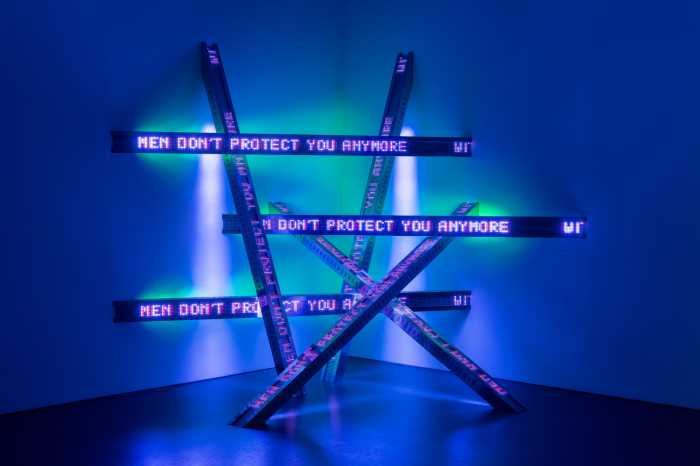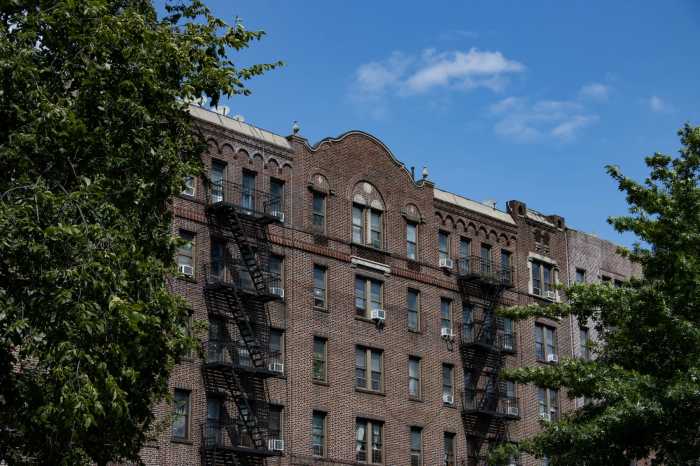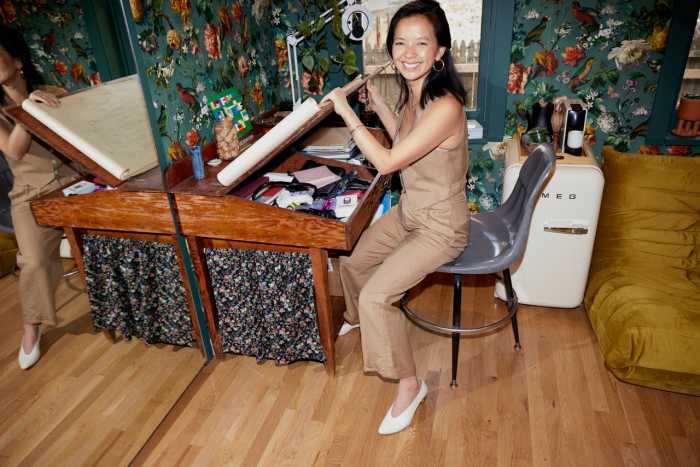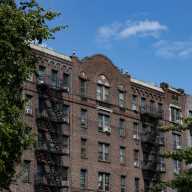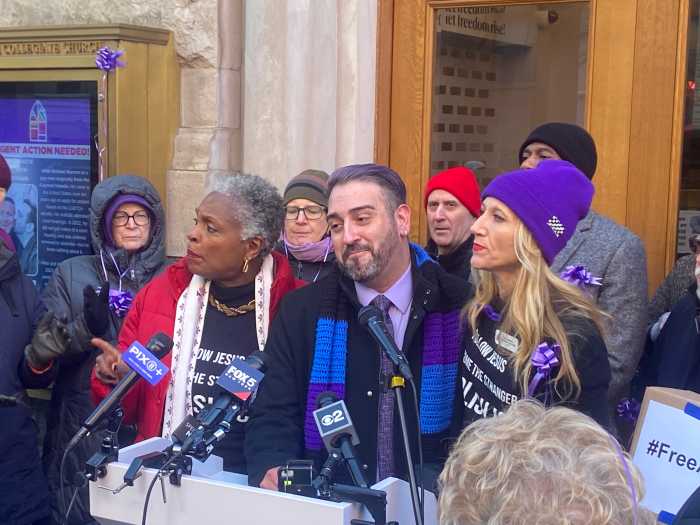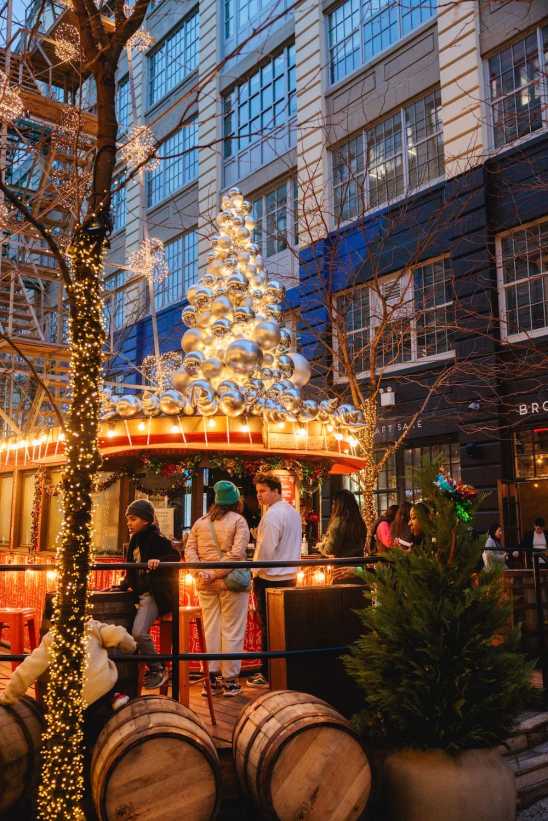The state’s economic development agency this week approved the controversial
plan for a housing, hotel and recreation development along the Brooklyn
waterfront known as Brooklyn Bridge Park.
The $130-million plan approved Wednesday by the Empire State Development
Corporation would be built on Piers 1-6, stretching 1.3 miles from DUMBO
to the foot of Atlantic Avenue.
But the manner in which the the project’s green space component would
be maintained is its most-controversial feature. The green space would
be subsidized by 1,240 units of housing, most of it luxury; a 225-room
hotel; nearly 400,000 square feet of retail establishments; 95,000 square
feet of offices; and 1,183 parking spaces.
Calls for a waterfront park began decades ago, as the Port Authority of
New York and New Jersey’s maritime use of the piers declined. But
the latest incarnation was set into motion with a deal between the city
and state in March, 2002. At one point, the plans included a 30-story
tower, and another building that threatened to block views of the Brooklyn
Bridge from the famous promenade in Brooklyn Heights. Now the largest
buildings are 20 stories, planners said.
That still didn’t satisfy critics.
“The amount of development in the park that was approved [Wednesday]
is still too much,” said Councilman David Yassky (D-Brooklyn Heights).
“I support the proposal, but I believe the development should be
reduced.”
ESDC officials said that “revenue-generating uses” would take
up just 10 percent of the 85-acre footprint and that development will
be confined to only the outer edges of the “park.”
“Our ultimate goal is to provide people with valuable open space,
with no more development than absolutely necessary to ensure that the
park is self-sustaining,” ESDC chairman Charles Gargano said.
Borough President Markowitz joined Yassky, Rep. Nydia Velazquez (D-Sunset
Park), Councilmember Bill de Blasio (D-Park Slope), state Sen. Martin
Connor (D-Brooklyn Heights) and Assemblymember Joan Millman (D-Brooklyn
Heights) in demanding this week that ESDC put that promise in writing.
“We strongly urge you to seek a mechanism to make [it] legally binding,”
the six lawmakers wrote to BBPDC President Wendy Leventer.
The lawmakers were echoing some public concern that park designers will
simply seize more open space for development if revenue projections are
not realized.
Construction is slated to start in 2007, with the first section opening
in 2009. The state will contribute $85 million towards initial construction,
while the city will kick in $65 million.
Future revenue to maintain the park will come from co-op maintenance fees
in lieu of property taxes.
Whether the Brooklyn Bridge Park will be a world-class greenspace or luxury
development with a front lawn depends on whom you talk to.
“There are some people who want to stop any residential development
in the park and those people are not happy [with Wednesday’s approval],”
said Markowitz’s chief of staff, Greg Atkins.
“But the majority of Brooklynites know that they will have a world-class
park that Brooklyn deserves.”
According to Gargano, Brooklyn Bridge Park will transform the waterfront
“into a civic space for all New Yorkers.”
Major elements of the “park” are:
• Two soccer fields
• Six basketball courts
• 10 handball courts
• Two volleyball courts
• One hockey rink
• Three tennis courts
• Three playgrounds
• Several open lawns
• Four miles of canals
• 12 acres of “safe” paddling area in protected coves
• Fishing piers and a marina
But such amenities are not what neighbors say they want.
“The main things people told us they wanted was a place to eat a
meal by the water and an all-year recreation center like a Chelsea Piers,”
said Roy Sloane, who, as a board member of the Brooklyn Bridge Park Local
Development Corporation, once coordinated public forums about what the
park should be.
“The current design will serve 10 to 20 percent of the population
it could serve because the planners have refused to create an active park.
They hijacked the process to create a front lawn for their luxury housing
project.”
For example, Sloane said the absence of a bandshell is evidence that planners
don’t want the park to be a noisy, active, vibrant place.
“They don’t want people hanging out,” he said. “They
want to privatize the site.”.



